
Developer: Game Freak
Publisher: Nintendo, The Pokémon Company
Platform: Switch
Tested on: Switch
Pokémon Legends: Arceus – Review
It seems like only yesterday since we took a look at Pokémon Brilliant Diamond and Shining Pearl, but Pokémon fans are already being catered to again. While technically a spinoff title rather than a mainline entry, the highly anticipated Pokémon Legends: Arceus is the first Pokémon title developed by Game Freak since 2019’s Pokémon Sword and Shield, and it looks like it’s taking a clean break from the classic Pokémon formula we’ve gotten to know and love with Pokémon Red and Blue on the Game Boy. Was Legends: Arceus worth the wait? Perhaps most importantly, is this a good new direction for the Pokémon franchise?
Story
Upon starting the game, the legendary Pokémon Arceus sends the protagonist back in time 100 years, to the Hisui region. While Hisui will eventually become Sinnoh, the region featured in Brilliant Diamond and Shining Pearl, right now, the bustling cities, filled with contest halls, Pokémon gyms, and the like, are nowhere to be found. Instead, there is a small human settlement, Jubilife Village, where the Galaxy Team resides. After falling from the sky, our protagonist is recruited to this team by the region’s professor, Laventon, who recognizes the protagonist’s proficiency for catching wild Pokémon. As the new member of the Galaxy Team, our hero is tasked with filling out the region’s first-ever Pokédex, but this undertaking will put them on a much broader path.
As it turns out, there are rifts in the sky and the Noble Pokémon -the guardians of the region- are driven into a frenzy, which needs to be quelled. Naturally, only our hero is capable of performing this task -which is why Arceus selected them to return to the past in the first place. Unlike previous Pokémon titles, this is very much a story-driven experience, and it’s filled with fanservice towards those that stuck with the games over the past few years. For example, many of the characters encountered in Legends: Arceus are ancestors of characters encountered in other games. Despite the focus on the narrative though, the game lets you tackle the story at your own pace, rather than pushing you in a specific direction or continuously holding your hand.
Graphics
Perhaps somewhat unsurprising, given Game Freak’s track record, Legends: Arceus’ visuals are a bit of a mixed bag. While the Pokémon and character models are fine (but not exceptional), the game’s environments look very dated. It looks like Game Freak was attempting to emulate Breath of the Wild’s iconic visual style, but worse. It’s a shame because we’ve seen what the Switch can do with titles like Xenoblade Chronicles or Monster Hunter. Adding insult to injury, other developers have shown us how good the Pokémon games can look with a little effort. Just take a look at New Pokémon Snap, for example. While Legends: Arceus’ visuals are a step up from Pokémon Sword & Shield, we still feel like this game looks like it came from 2006. Ultimately, this franchise deserves better.
Sound
With the visuals looking like they came from 2006, the audio fares even worse. For some reason, the game still uses the same sound effects from the Game Boy era for the cries the Pokémon themselves make. The lack of voice acting in a title like this is also becoming more and more inexcusable. The only redeeming feature here is the OST, which is completely original but has enough snippets from familiar Pokémon tunes sprinkled in to trigger a feeling of nostalgia.
Gameplay
A commonly heard criticism about Game Freak’s Pokémon titles is that the gameplay has devolved over the years, with the games becoming easier and less innovative. With Legends: Arceus, the developer finally breaks free from the classic mainline Pokémon formula, and with great success. Instead of a linear adventure that holds your hand every step of the way, what you’re getting here is a mission-based RPG that is clearly influenced by games like Breath of the Wild and the Monster Hunter series. In fact, the world here feels similar to that of Monster Hunter, with a village that serves as a hub area and separate semi-open world areas that you can visit at your leisure. The result is a game that breathes new life in a formula that had gone stale, by mixing familiar gameplay elements with new mechanics.
Before we get ahead of ourselves, let’s delve into how Legends: Arceus is structured. There is, of course, the main storyline that sees you travel all over the Hisui region as you attempt to calm the Noble Pokémon and solve the mystery of the rifts in the sky. You start out as a rookie member of the Galaxy Team and are initially tasked with filling out the very first Pokédex. To do so, you’ll need to track down and interact with the wild Pokémon that inhabit the region. In other Pokémon titles, registering a critter in your Pokédex is as simple as catching it, but this is not the case in Legends: Arceus. Instead, you’ll need to earn points by interacting with the Pokémon in question. How these are earned differs from species to species but it typically involves things like seeing a specific Pokémon perform a specific attack, beating x number of a species, etc. While earning points can feel tedious occasionally, just playing the game should be enough to register most species in your Pokédex.
As you fill out your Pokédex, your rank goes up, which is necessary to make sure your Pokémon keep obeying you. Rank four, for example, lets you command Pokémon of up to level 50. The game doesn’t make clear whether this applies only to Pokémon you’ve traded or also to Pokémon you’ve caught yourself, but we never ran into a situation where the Pokémon on our team were of a level too high for our rank, so it wasn’t an issue in the first place. Granted, the levels of Pokémon you encounter in the wild are all over the place, and you’ll run into so-called Alpha Pokémon, which are easily 20-30 levels above your own monsters, fairly often.
These high-level Pokémon can be quite the threat too -especially early in the game- as wild Pokémon aren’t limited to just attacking your team members, but yourself as well. Given that you can’t level up your own stats, this means that you’re always vulnerable to being attacked; and taking too much damage can cause you to become knocked out, resulting in you losing some of your items. Money and items aren’t as plentiful as in the mainline Pokémon titles, and a significant part of the game involves crafting your own Pokéballs and healing items, so blacking out can really hurt. You can of course send out a Pokémon of your own, after which the game switches to a more traditional-styled Pokémon battle, although new fighting mechanics -including different battle styles- change things up enough to even keep Pokémon veterans on their toes. The increased difficulty level continues into the boss battles as well. In these scripted encounters, you’ll need to quell the Noble Pokémon who have gone into a frenzy. These action-packed, fast-paced battles are challenging but incredibly fun.
The main story isn’t extremely long and should take most players around 20 hours to complete, but completionists can easily return to this expansive world for dozens upon dozens of hours before they’ve seen and done everything. There is a plethora of side quests available -most of which are short but sweet affairs- and completing the Pokédex will take quite some time as well. Those that collect shiny Pokémon -extremely rare alternate colored variant monsters- will be pleased to learn that under the right circumstances, the odds of a shiny critter popping up can be boosted up to 1/128 instead of the usual 1/4096. You can also occupy yourself with tracking down hidden Unown, as well as the 100+ pink flames that make up the rare Spiritomb.
It all adds up to a new Pokémon world that fans will likely love to return to over and over again, as they explore every nook and cranny of Hisui. It’s not quite the open-world title that fans have been clamoring for for years now, but it is a step in that direction. While this isn’t a mainline Pokémon title, we would love to see the Legends sub-brand become expanded with new titles in the same vein. Hopefully Game Freak doesn’t abandon the concept after a single game, like they did with Pokémon Let’s Go.
Conclusion
When we took a look at Reverie Knights Tactics, we said that the game was an early contender for our Switch game of the year, but Legends: Arceus blows it out of the water. We wouldn’t have minded waiting a little longer for Legends: Arceus if it meant having a game that looked and sounded better, but the fantastic gameplay more than makes up for the game’s audiovisual shortcomings. Whether you’re a newcomer to the series or a series veteran, we can’t think of a better entry point into the world of Pokémon than Pokémon Legends: Arceus on the Switch.
Pokémon Legends: Arceus - Review,
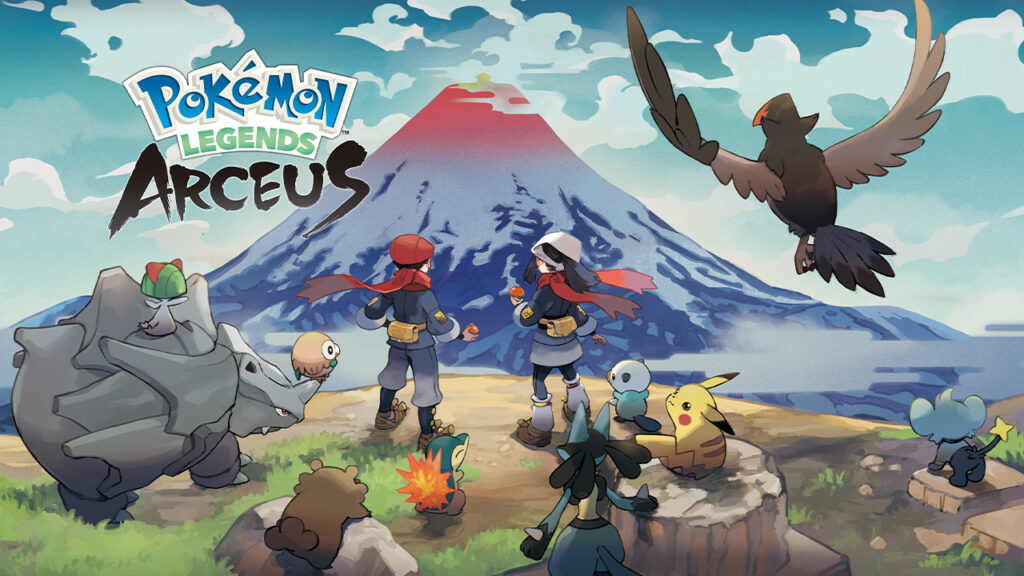
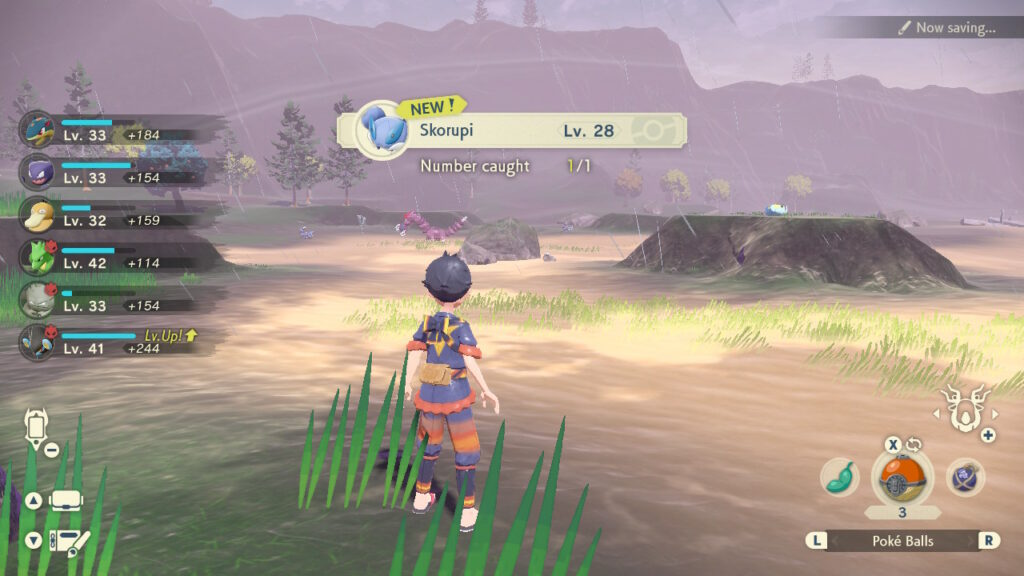
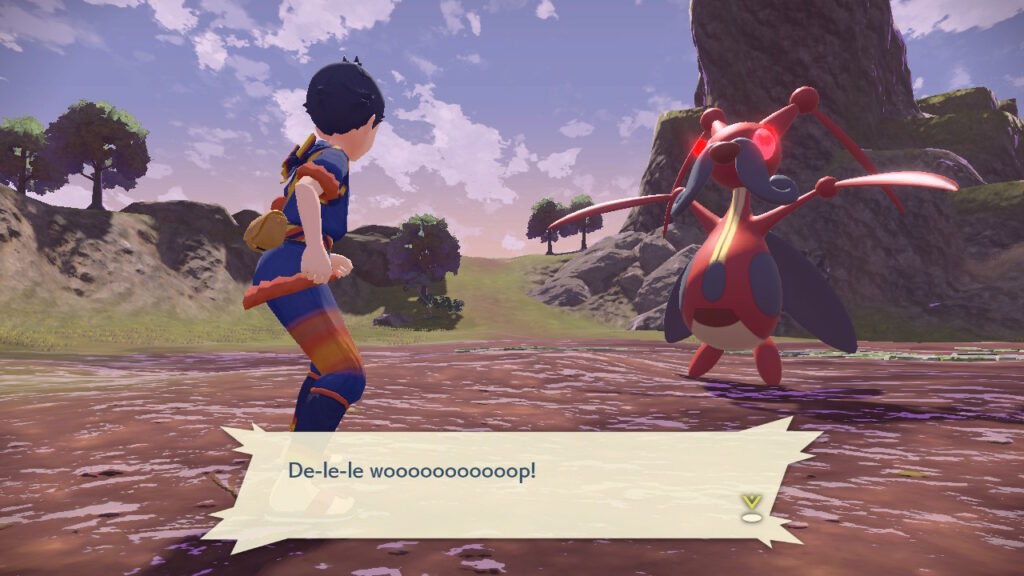
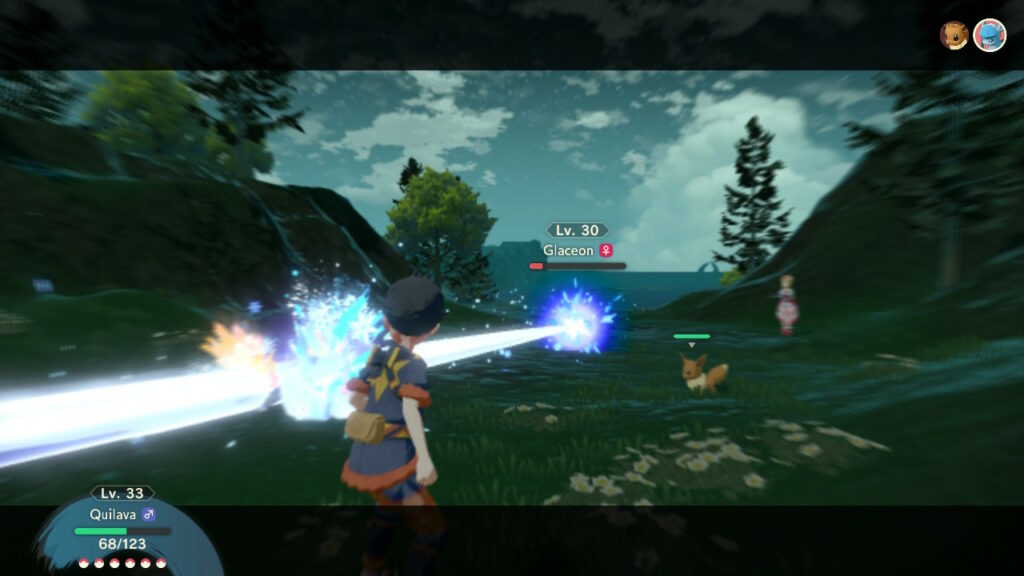

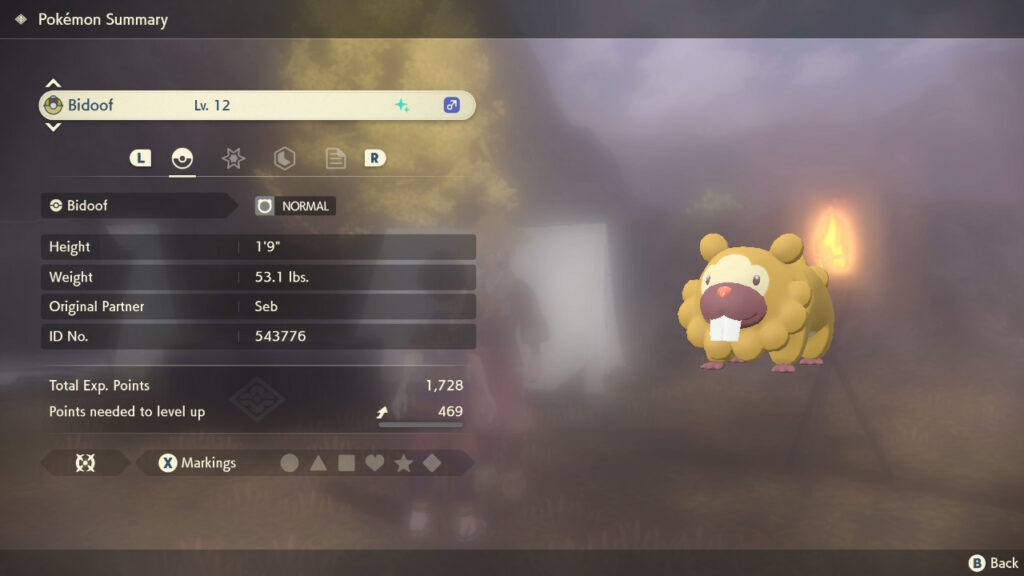


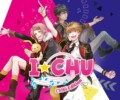
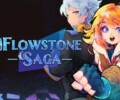
No Comments